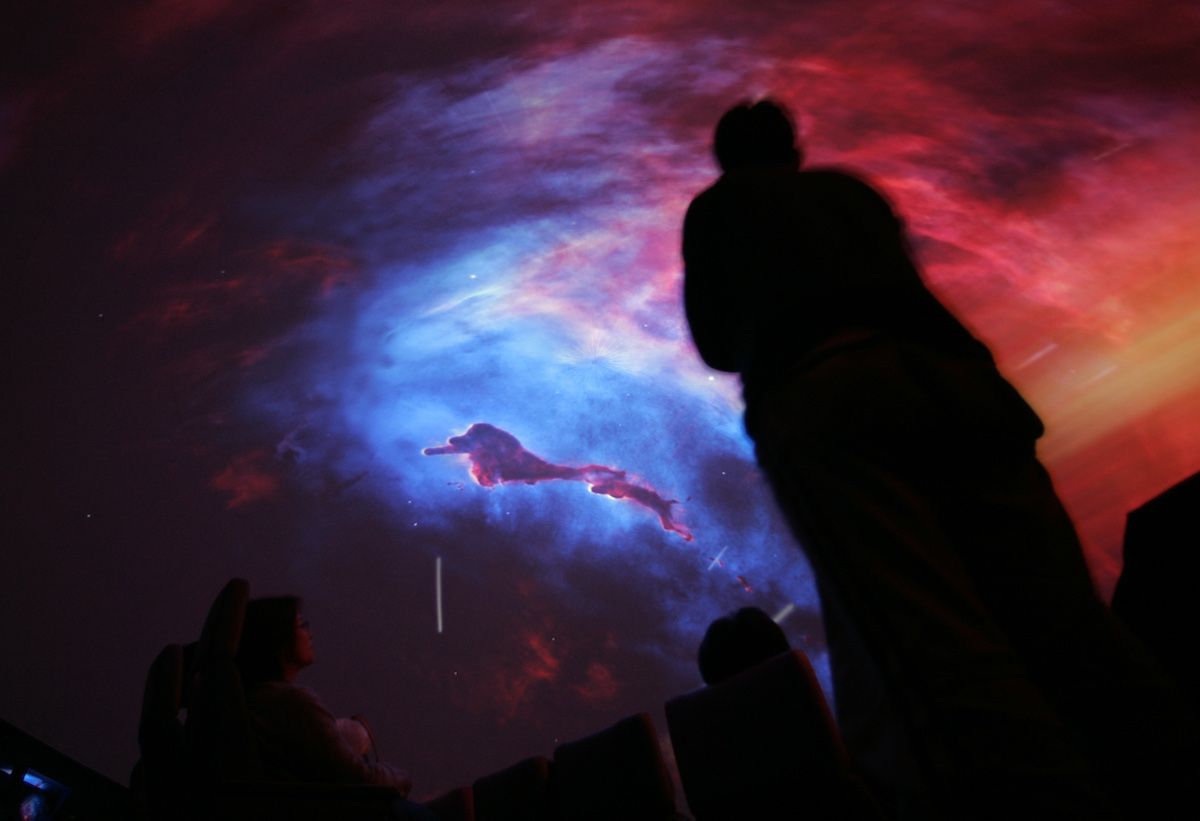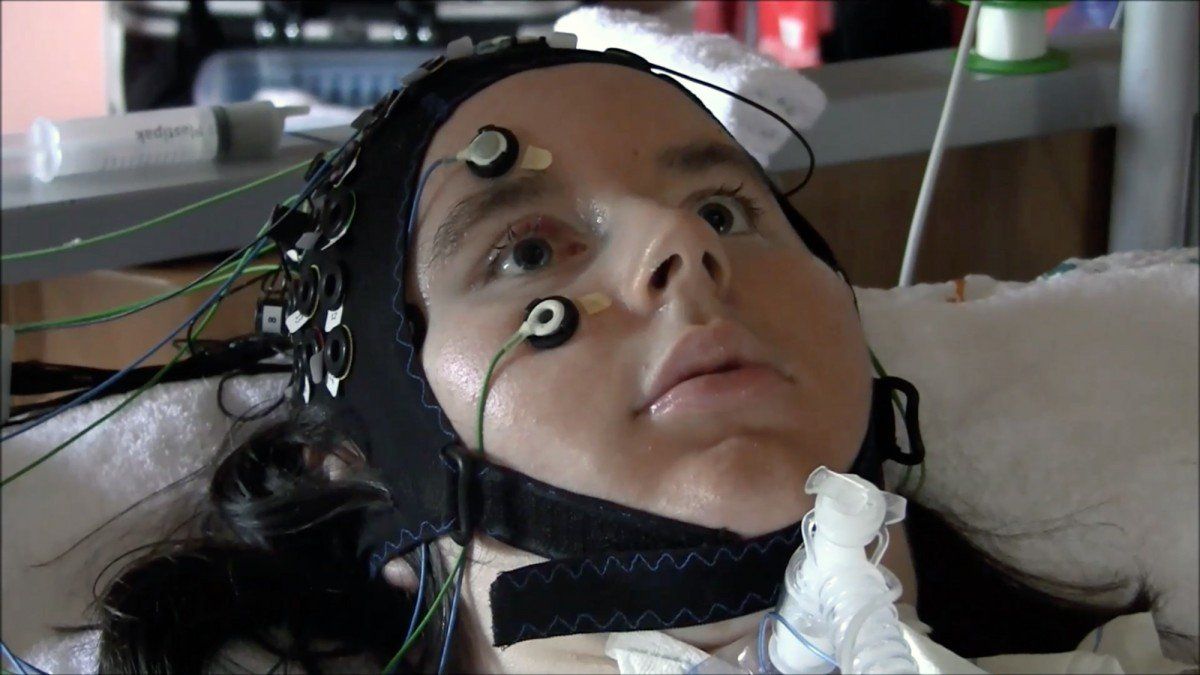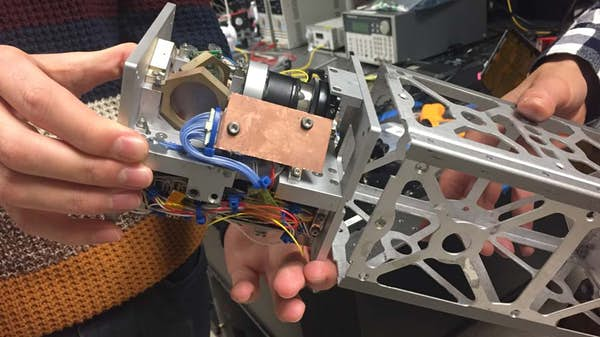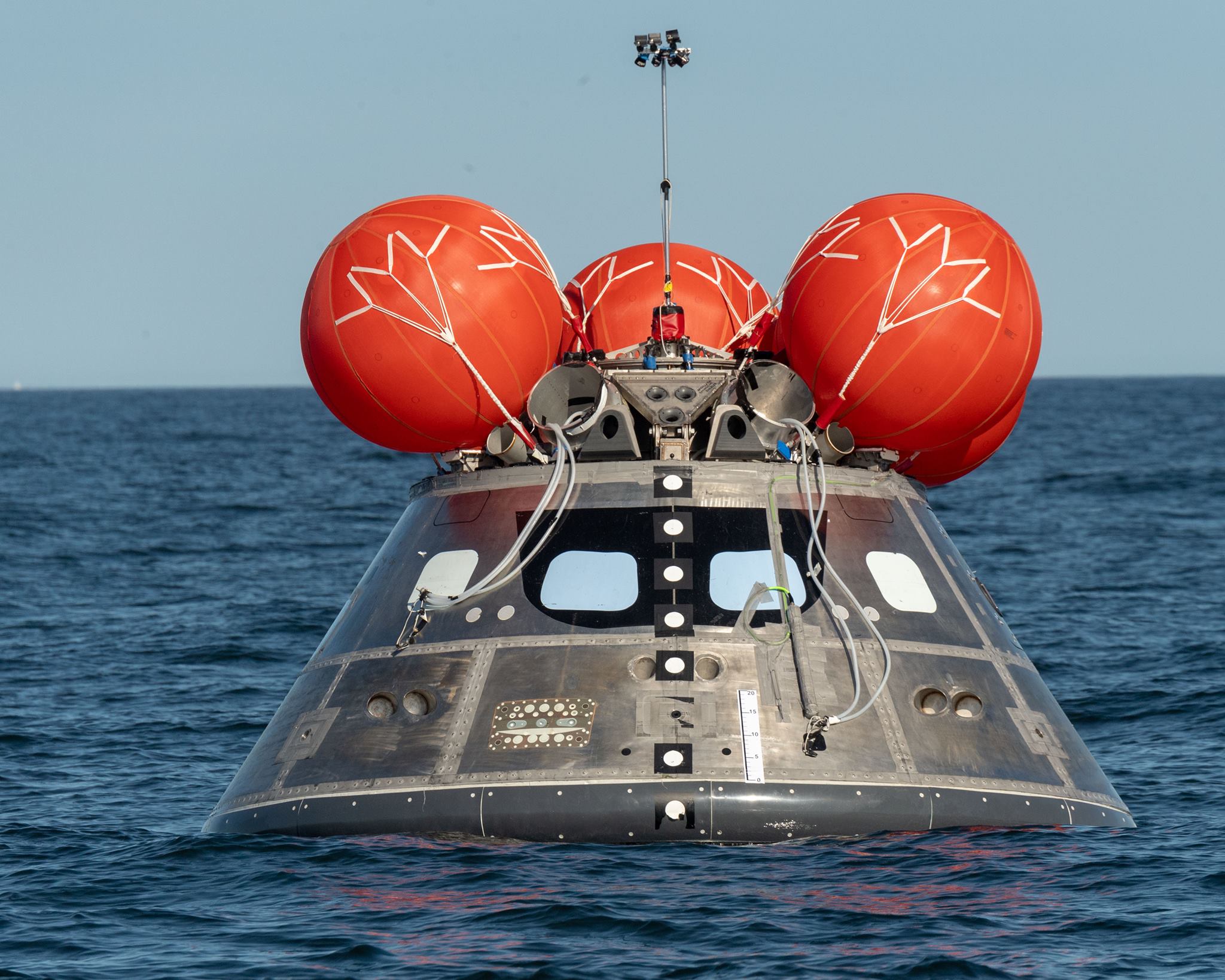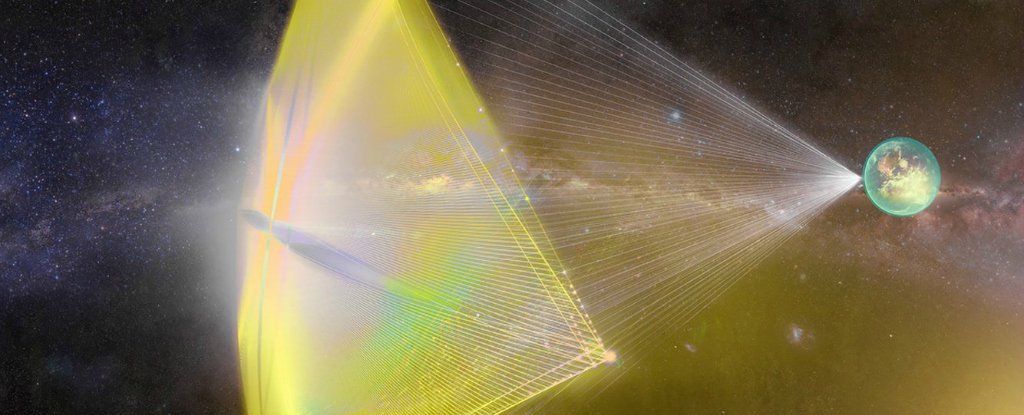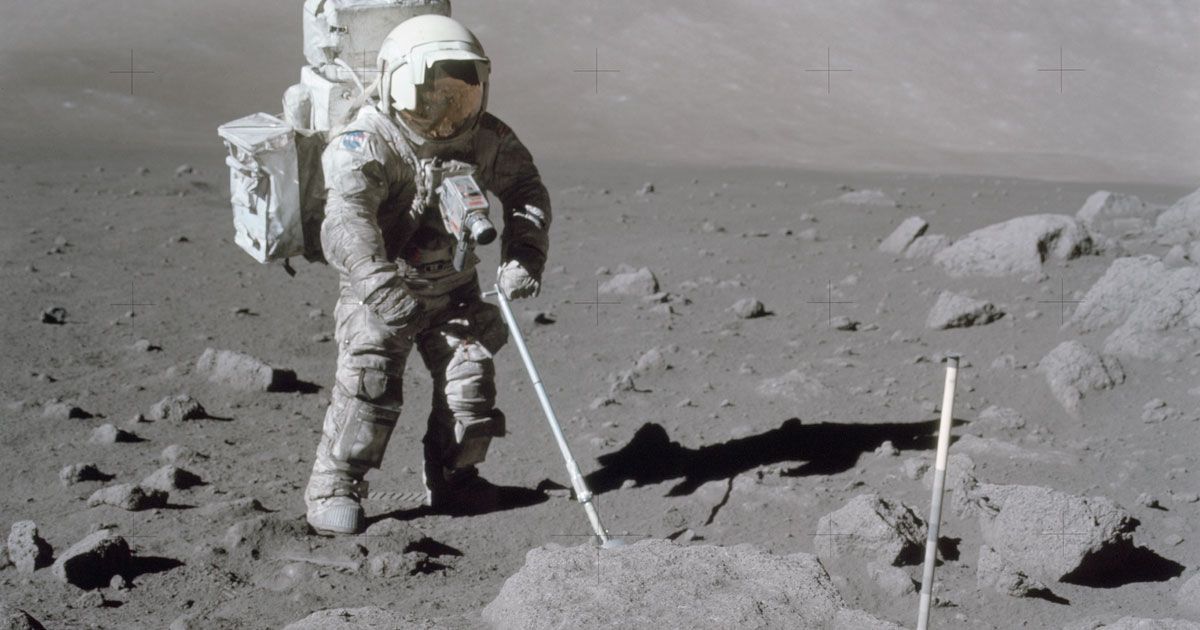Dec 15, 2018
Scientists are developing a breakthrough test that uses gold to detect all types of cancer in 10 minutes
Posted by Nicholi Avery in categories: biotech/medical, innovation
- Scientists at the University of Brisbane may have found a simple way of detecting the early stages of cancer.
- The method is inexpensive, takes 10 minutes, and can work for all types of cancer.
- The test uses gold particles to detect cancerous DNA.
According to Nature, researchers at the University of Brisbane may have developed a simple test that’s able to detect the early stages of cancer.
Not only that but the method is inexpensive, takes a mere 10 minutes, and works for all types of cancer — and the central component used for identifying cancer cells is gold particles.


